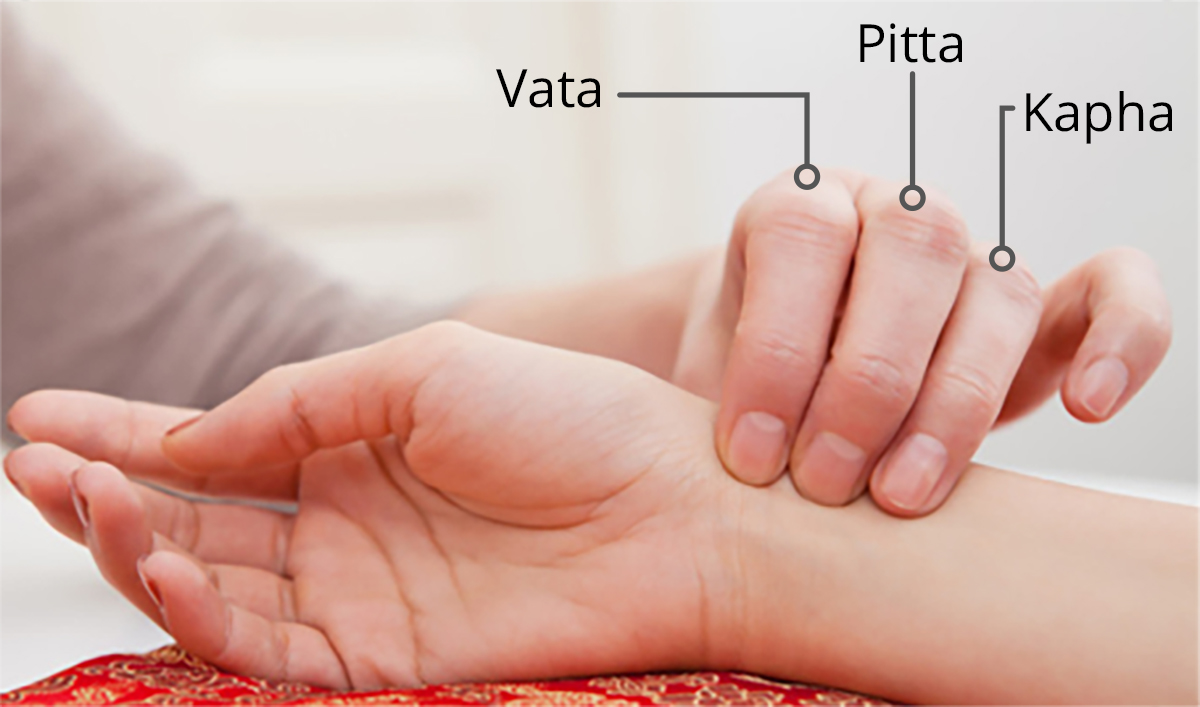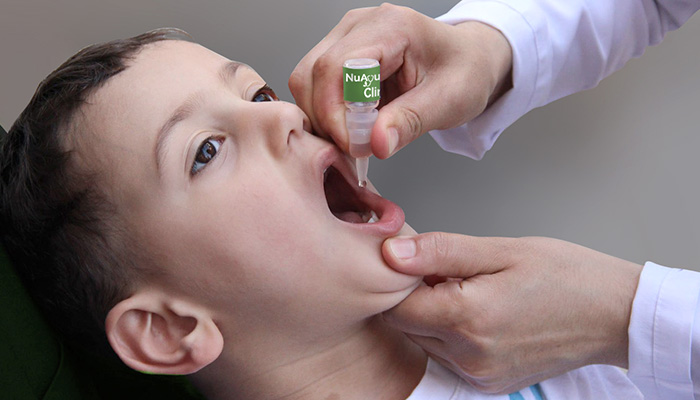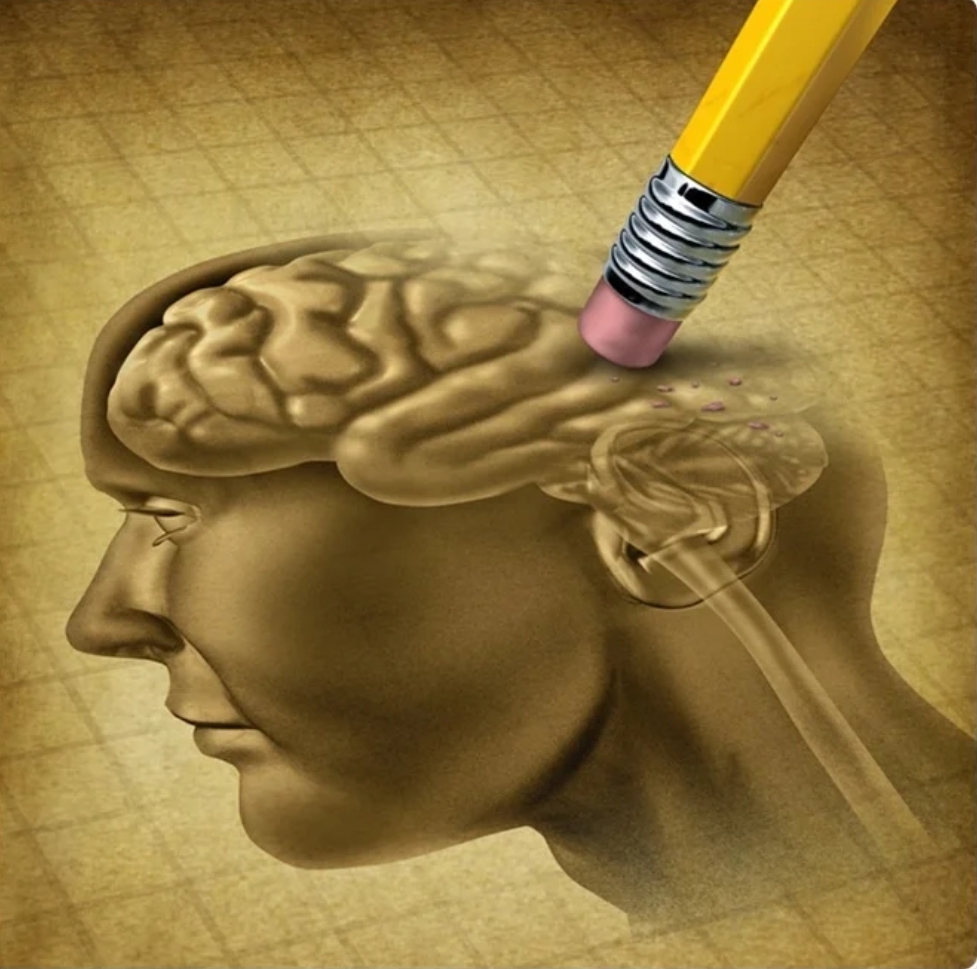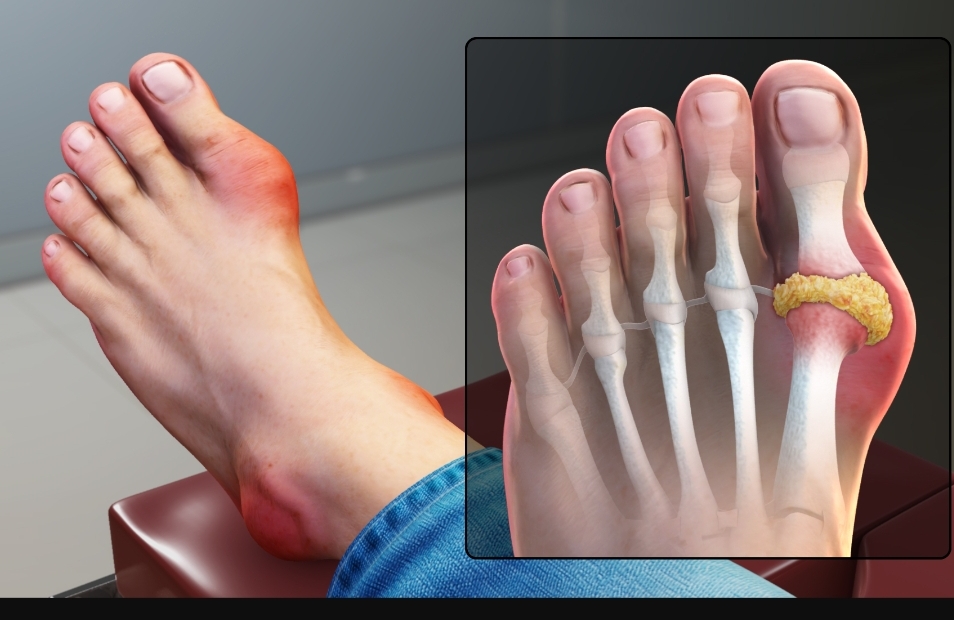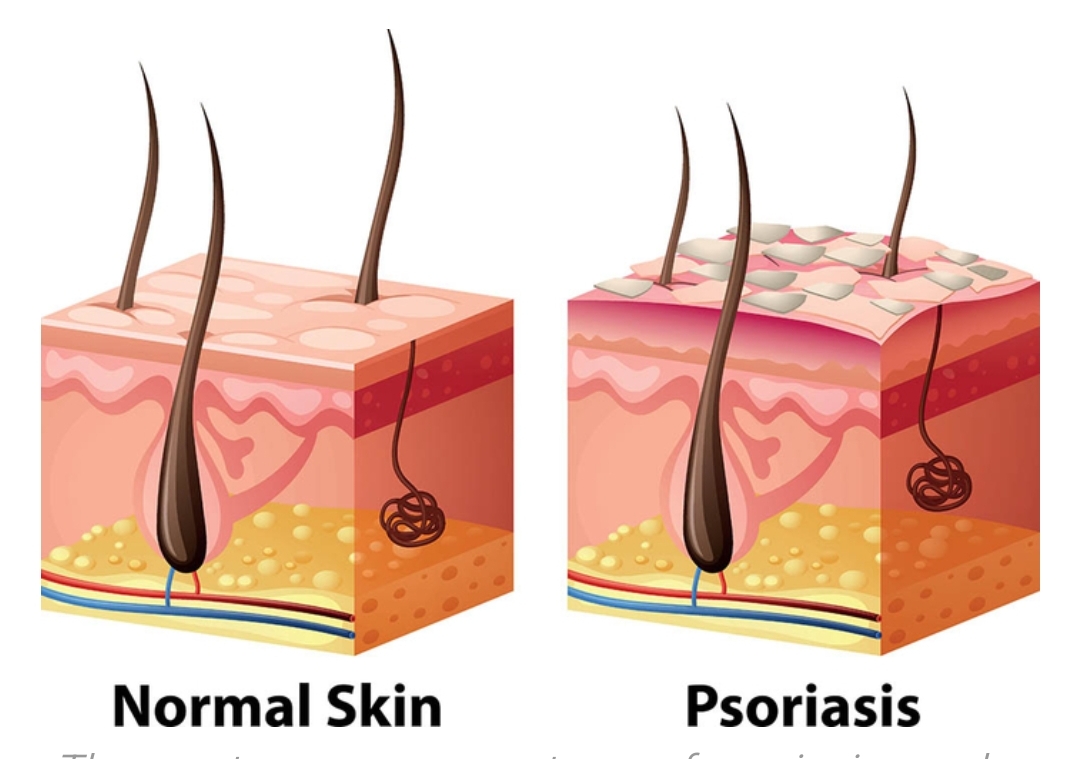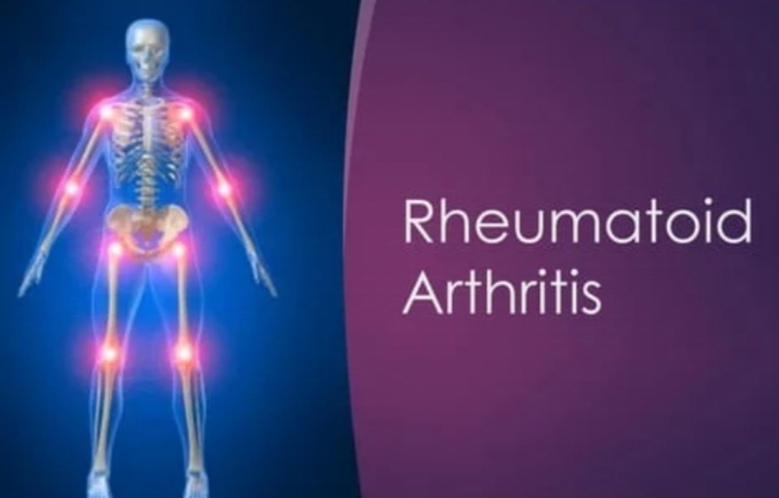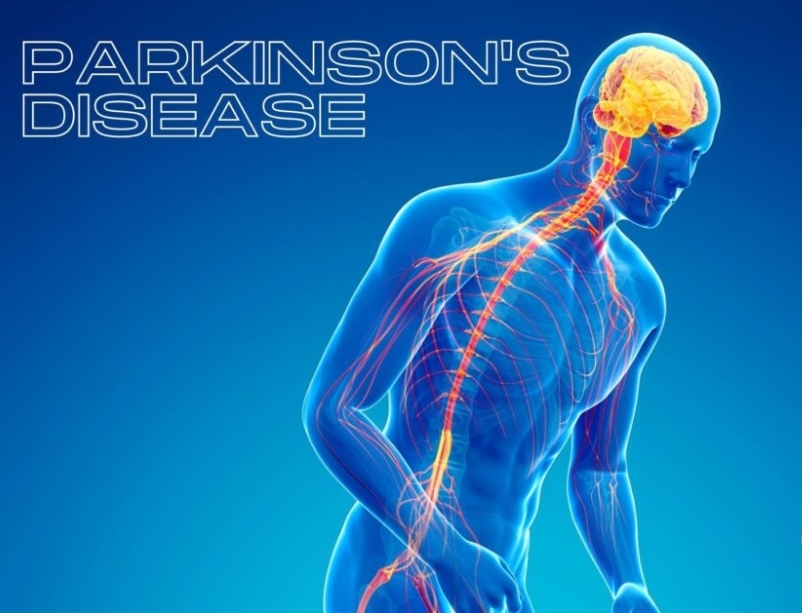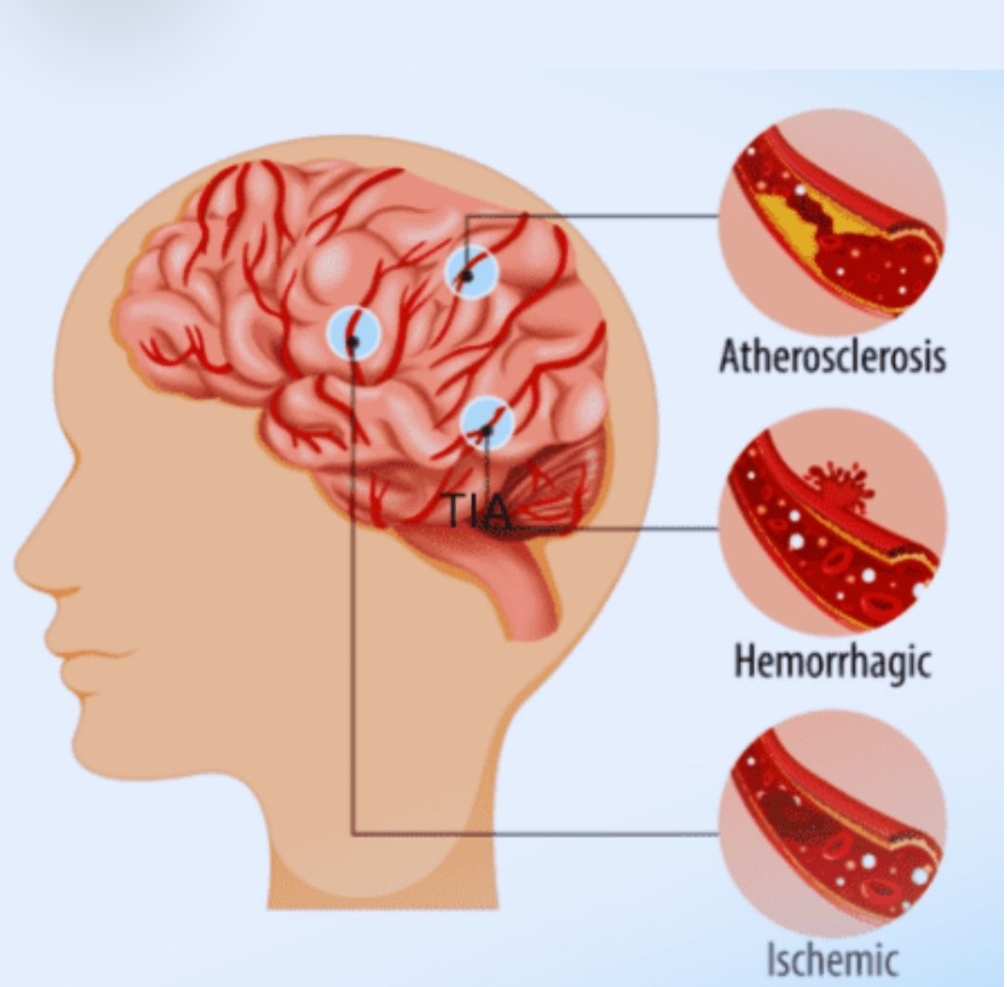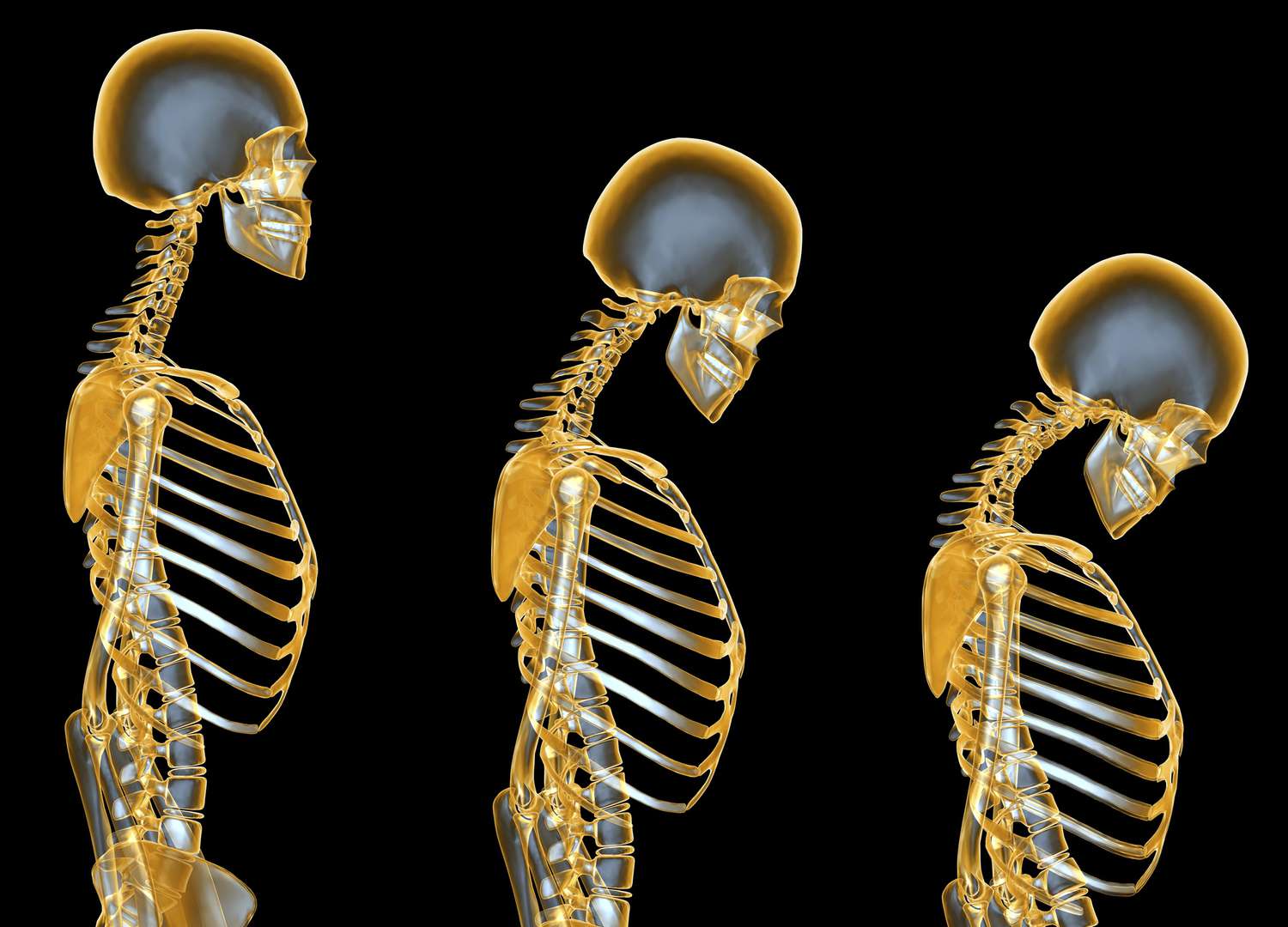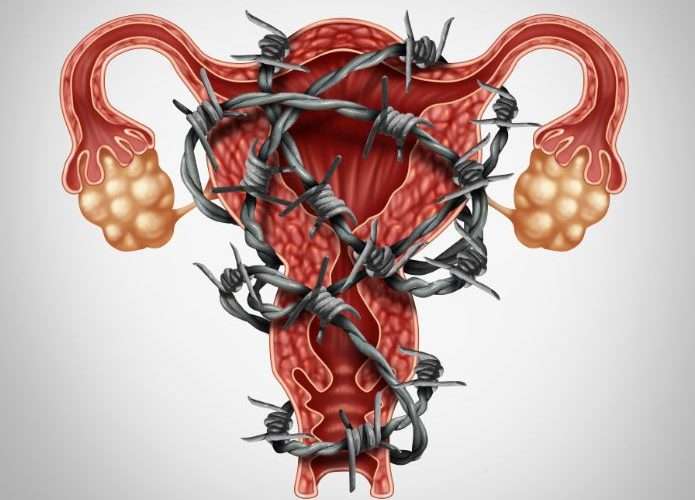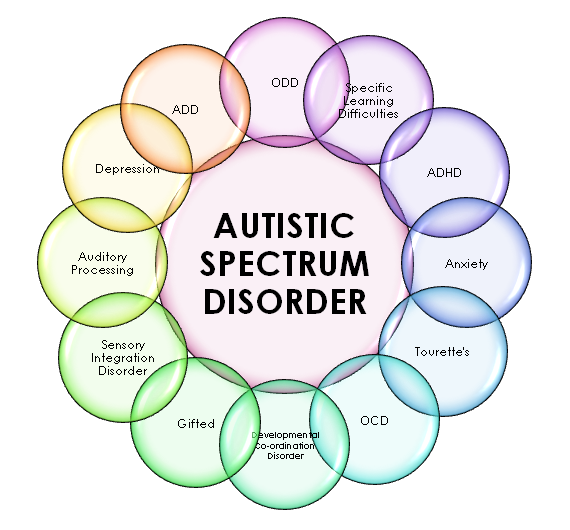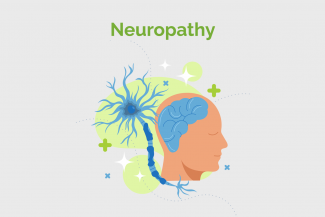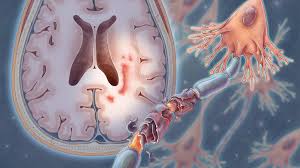
Multiple Sclerosis
Multiple sclerosis (MS) is a central nervous system illness that affects the flow of information inside the brain and between the brain & the rest of the body. MS is a disease that affects the brain and spinal cord, causing vision, balance, and muscular function issues.
What are the signs and symptoms of Multiple Sclerosis?
Classic MS signs and symptoms are as follows:
- Paraesthesia – sensory loss is the primary complaint what is exhibited in multiple sclerosis.
- Motor symptoms – spinal cord symptoms like muscle cramping to spasticity
- Autonomic symptoms – involuntary bladder and bowel function, sexual dysfunction
- Cerebellar symptoms – charcot triad of dysarthria, nystagmus, and intention tremor
- Optic neuritis
- Trigeminal neuralgia – bilateral facial weakness
- Facial myokymia (irregular twitching of the facial muscles)
- Eye symptoms – diplopia on lateral gaze
- Heat intolerance
- Fatigue and dizziness
- Pain – pain is a main symptom that may occur in 30–50% of patients at some point in their diseases.
- Subjective cognitive difficulties – attention deficit, lack of concentration, memory loss, and judgment capacity
- Depression can be a common symptom associated with dementia
- Partial acute transverse myelitis
How to diagnosis of MS?
Clinical observations and supporting evidence from ancillary testing are used to diagnose MS. The following are examples of tests –
- Magnetic resonance imaging (MRI) is the imaging method of choice for confirming MS and tracking disease progression in the central nervous system.
- Potentials elicited: It’s used to find lesions that aren’t quite ready to be diagnosed. The findings are not particular to MS.
- Puncture of the lumbar spine: If an MRI is unavailable or the MRI findings are nondiagnostic, this test may be useful. Oligoclonal bands and intrathecal immunoglobulin G (IgG) synthesis are assessed in CSF.
Classification of MS
MS is classified into the following groups based on clinical criteria such as the frequency of clinical relapses, time to disease progression, and the appearance of lesions on MRI:
- RRMS (relapsing-remitting multiple sclerosis) – In about 85 percent of cases, new symptoms or relapses occur over days or weeks and usually improve partially or completely. These relapses are followed by peaceful periods of illness remission that might last months or even years. Small rises in body temperature can exacerbate MS symptoms for a short time, although these aren’t considered relapses.
- Secondary progressive MS (SPMS) – develop a steady progression of symptoms, with or without periods of remission. The worsening of symptoms includes trouble with mobility and gait. The rate of disease progression varies greatly among people suffering with secondary-progressive MS.
- Primary progressive MS (PPMS) is characterised by a slow beginning and consistent progression of symptoms, with no relapses.
- Progressive-relapsing MS (PRMS) is the rarest form of MS, with symptoms that differ depending on which part of the brain is damaged. Similar to primary-progressive multiple sclerosis, the illness is characterised by a progressive deterioration of the ailment from the start (PPMS). Relapse periods of worsened symptoms, comparable to those seen in relapsing-remitting MS, occur on occasion (RRMS).
Can Ayurveda cure Multiple Sclerosis ?
Ayurveda’s effectiveness in treating neurological problems is widely recognised. The outcomes are amazing because it targets the fundamental source of the problem.
In the light of Ayurveda, MS is mostly a Avrutha or Avarana Vata disorder. Avarana is characterised as Avarodha, Gatinirodha, i.e. obstruction, resistance, to normal movement of Vata. Vata is thought to be the most important component in the body’s physiological upkeep. The central, autonomic, and peripheral neural systems are all controlled by the Vata. The respiratory, circulatory, lymphatic, excretory, and reproductive systems, as well as all forms of movements, are all under Vata’s influence. It’s also in charge of the brain’s cognitive and neo-cognitive functions, as well as the secretion of chemical neurotransmitters and hormones.
Ayurvedic treatment of Multiple Sclerosis
Acharya charka has mentioned effective treatment for Avarana Vataja Vyadhis. At Gayatri's, MS ayurvedic treatment primarily consists of four procedures:
- Samsodhana chikitsa (cleansing through Panchakarma therapy)
- Samsamana chikitsa (palliative care through researched internal medicines)
- Kaya kalpa (rejuvenation)
- Sattvavajaya (counselling /psychotherapy)
Along with these treatments, strict diet & life style modification are recommended to the patients. With our deep understanding on MS and its treatment modalities, we were highly successful in treating various cases of multiple sclerosis and able to manage the symptoms through Ayurveda.
The protective sheath that surrounds nerve fibres, known as myelin. Myelin is damaged by the immune system in MS, damage to the myelin impairs communication between the brain and the rest of the body. MS can eventually result in nerve damage that is permanent. The afflicted portion of the spine or brain causes symptoms in the corresponding part of the body. Women are more likely to have it than men. Symptomatic episodes that occur months or years apart and impact diverse anatomic areas are the characteristics of MS.
MS has no known cause, although it is thought to be caused by a combination of genetic predisposition and a non-genetic trigger (e.g., viral infection, low vitamin D levels) that results in a self-sustaining autoimmune illness with recurring immunological attacks on the CNS.
The protective sheath (myelin) that surrounds nerve fibres is attacked by the immune system in MS, causing communication issues between the brain and the rest of the body. The condition can eventually cause permanent nerve damage or deterioration, resulting in a variety of physical and mental symptoms, as well as physical and cognitive disabilities.








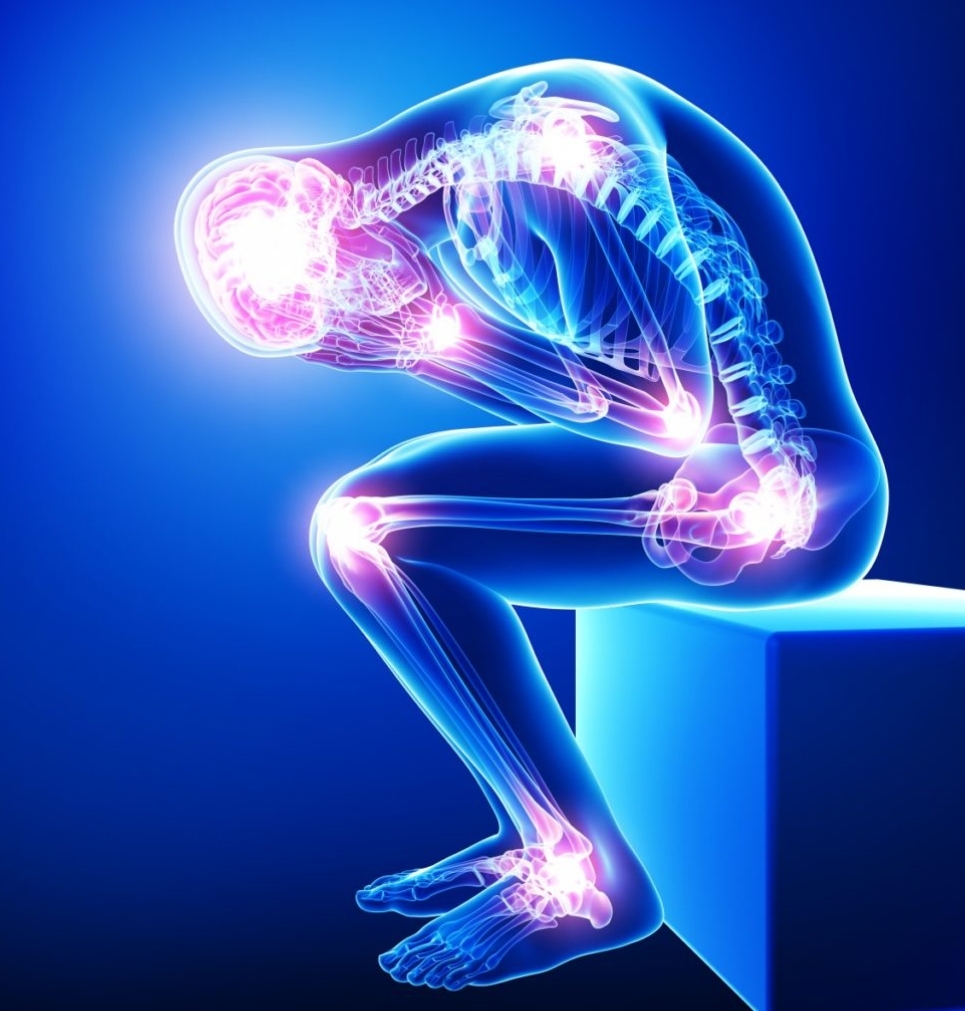




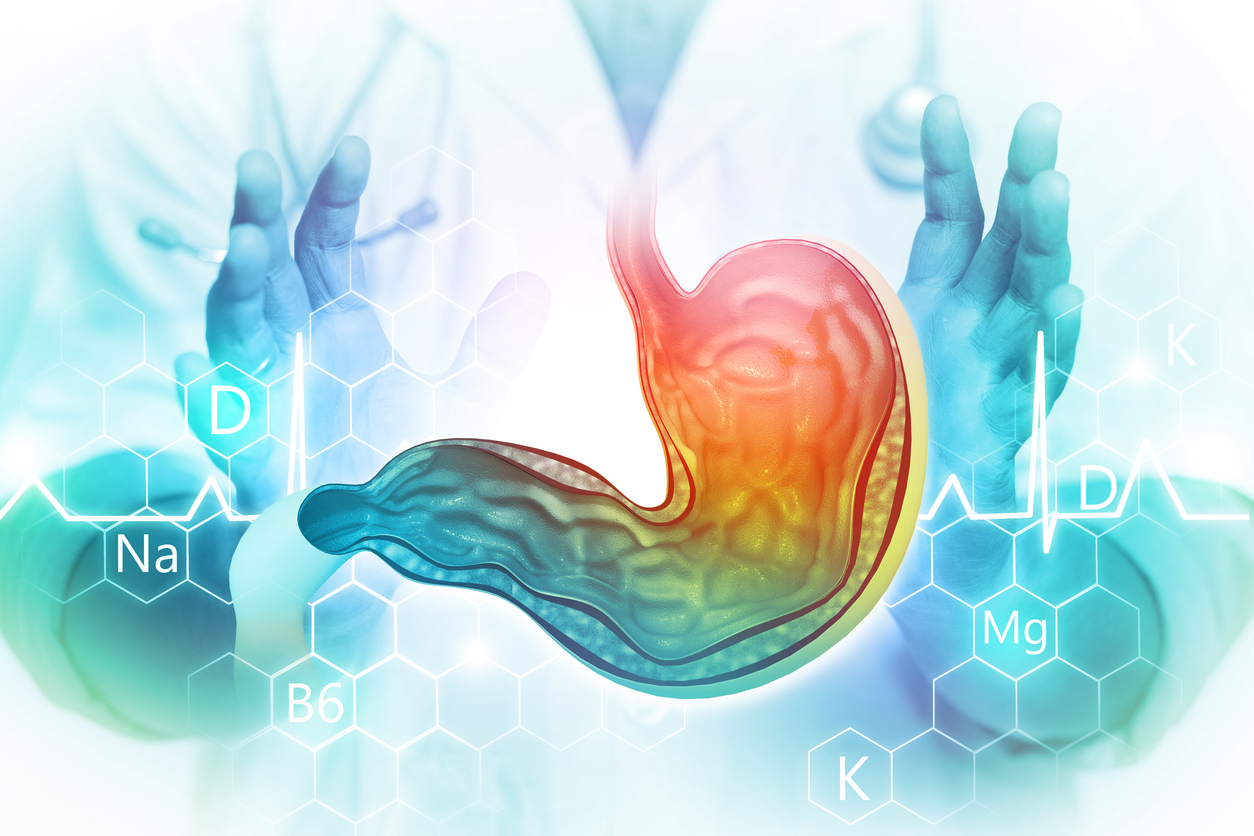

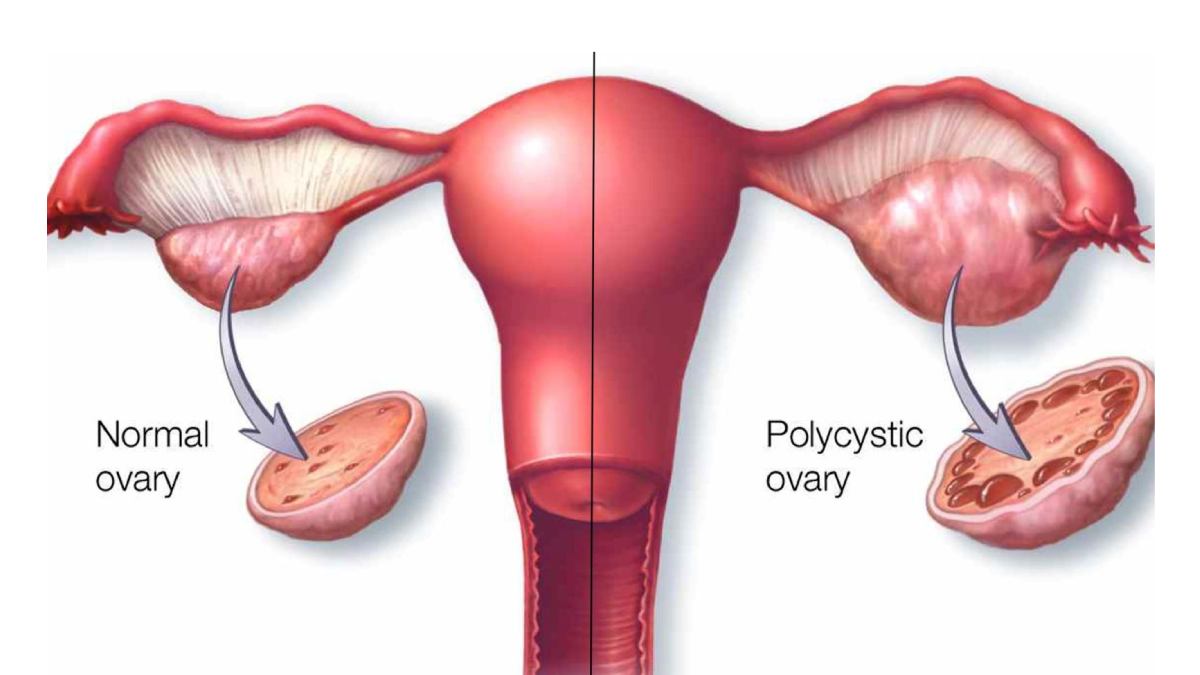
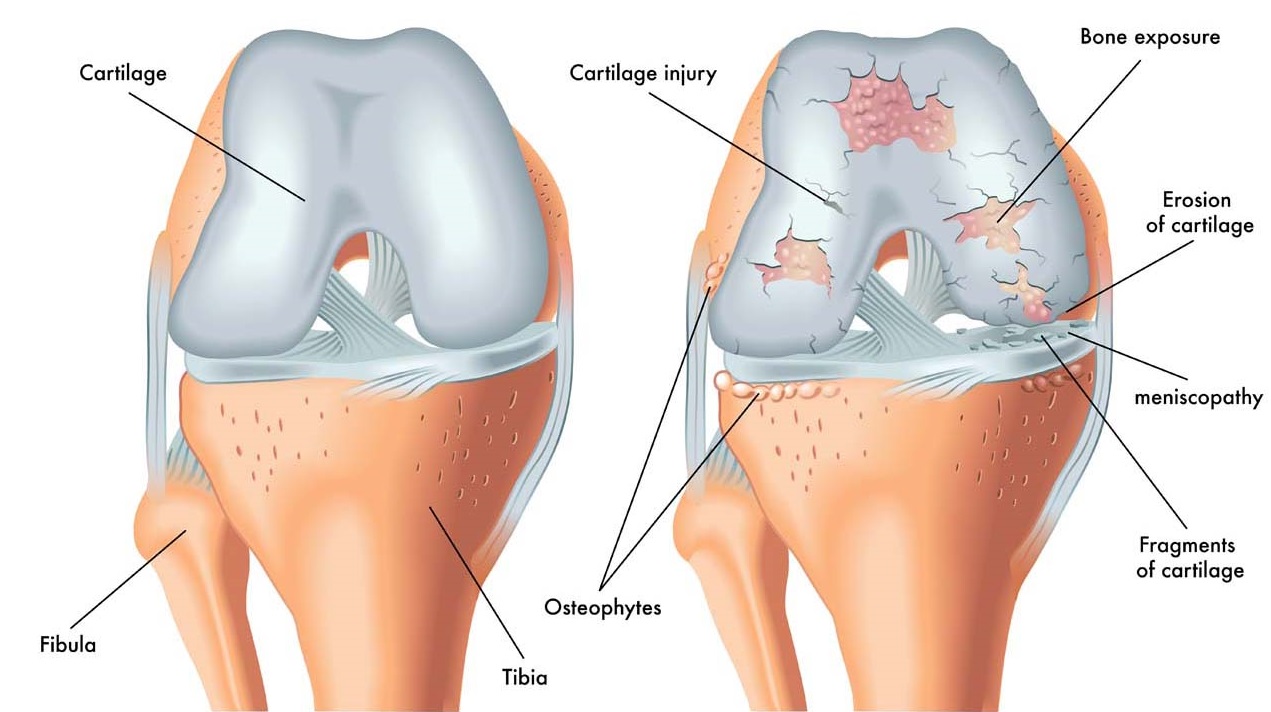
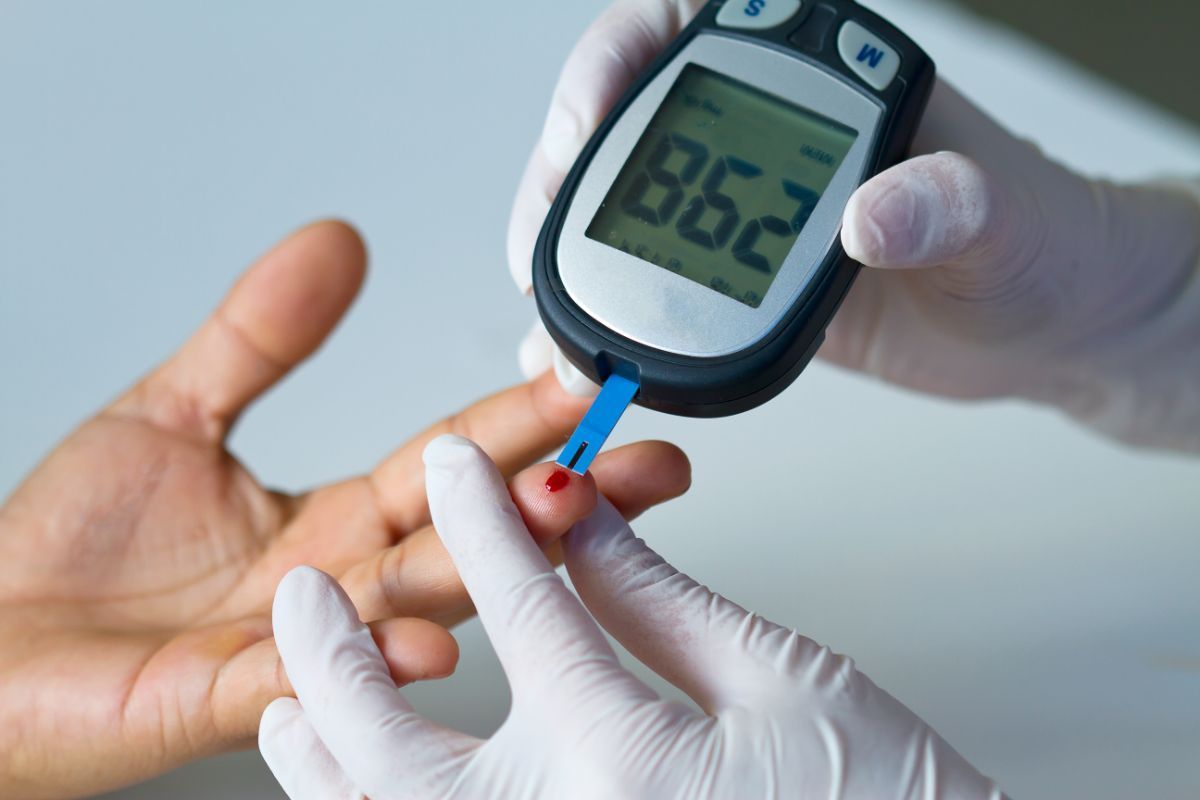
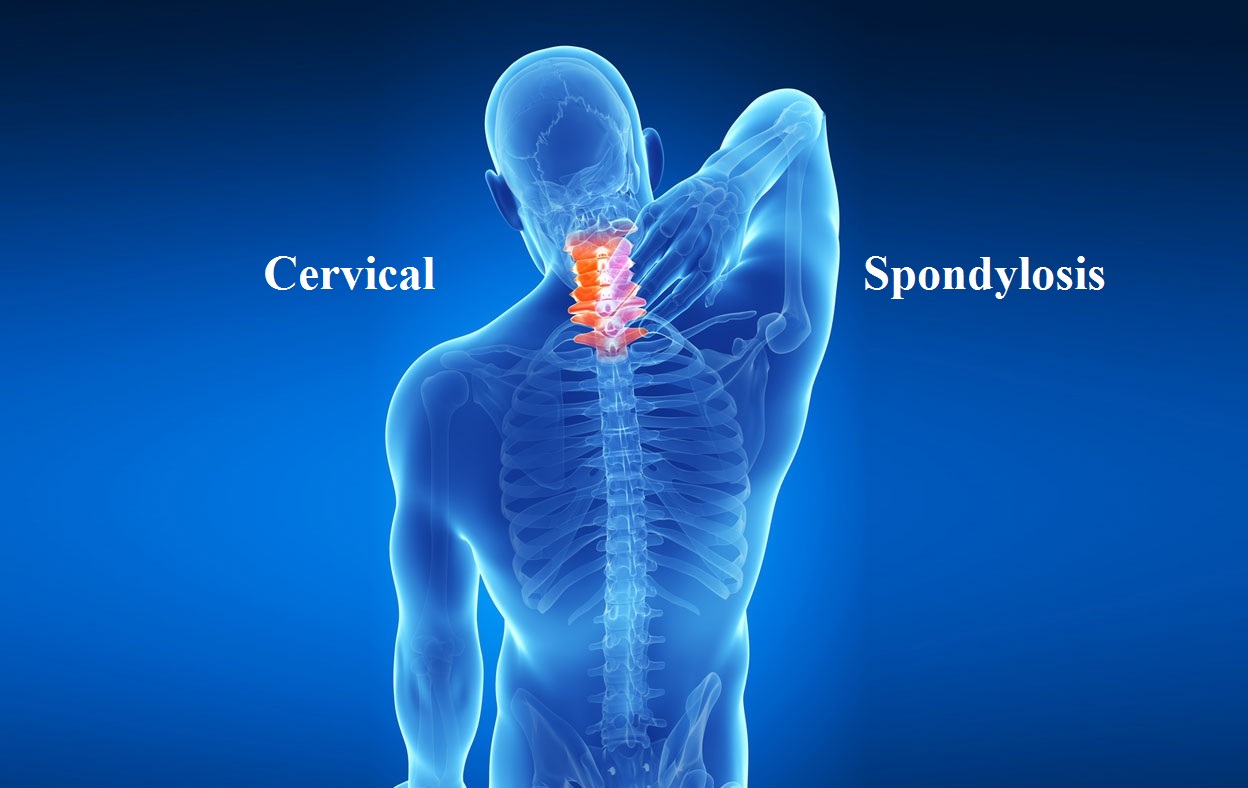
.jpg)

